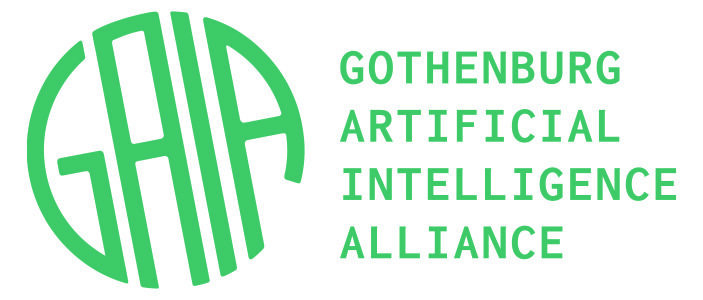This GAIA meetup is hosted by AstraZeneca at their premises in Mölndal and will consist of two different talks: one on Deep Learning for Image Analysis in Digital Pathology and one focusing on Graph Neural Networks. Please see the abstracts below for more information about the content. AstraZeneca will provide food and drinks for everyone. If you have any food preferences, please send an email to erik.leijon@astrazeneca.com before November 28th.
We will be at AstraZeneca's Conference Centre in Mölndal and we enter through the "Conference Entrance". See this Google maps link for specific details. Free parking available on site.
Claim your seat through our meetup page.
Deep Learning for Image Analysis in Digital Pathology (by Feng Gu)
Digital pathology provides an excellent opportunity for applying image analysis techniques on whole slide images (WSIs), for the purpose of diagnosing cancer. Deep learning and, in particular, convolutional neural networks (CNNs), has been proven to be the best performing method for such a task. In this presentation, I will focus on demonstrating an end-to-end deep learning framework developed by our team for image analysis in digital pathology. For the purpose of evaluating the framework, we used the well-known CAMELYON16 challenge data, where the aim is to detect metastasis in WSIs of breast lymph node tissues. Our framework has produced state-of-the-art classification and detection performances, on par with the wining methods of Harvard University. This has established a baseline for our future work within the digital pathology space.
Graph-based De Novo Molecular Design Using Deep Learning (by Rocio Mercado)
Following the recent AI boom, there has been increasing interest in graph neural networks (GNNs) for graph representation learning. This is because graphs are natural data structures for describing an assortment of relational information, such as molecular structures. In the Molecular AI group at AstraZeneca, we are interested in using GNNs for molecular design, where the process of designing novel, drug-like molecules can be boiled down to generating graphs which meet all the criteria of desirable molecules. We call this graph-based molecular design.
We apply both graph-based and string-based approaches to several de novo drug design problems. We are interested in graph-based methods because they have the potential to capture more molecular information, albeit at a greater computational cost. However, both types of generative models can quickly learn the underlying distribution of properties in training set molecules without any explicit writing of chemical rules. In this way, deep learning methods allow us to carry out pharmaceutical drug discovery more efficiently.
Astra Zeneca
Our R&D centre in Gothenburg, Sweden plays a central role in AstraZeneca’s mission to deliver life-changing medicines to patients. With more than 2,400 employees from 50 countries, the vibrant Gothenburg site helps to support the entire life-cycle of AstraZeneca medicines, from drug discovery and clinical trials to global commercialisation and product maintenance. As part of our unique culture of collaboration and open innovation, our Gothenburg teams partner with industry, biotech, academia, and the public sector in the Nordic region and across the globe to push the boundaries of science. Looking to the future, AZ Gothenburg has initiated the creation of a new, global cluster for health and life science, as part of the GoCo Health Innovation City project.
Schedule
18:00 – Welcome to mingle and get some food
19:00 – Presentations starts
20:00 – Presentation done, everyone is welcome to stay and mingle
21:00 - The door closes
